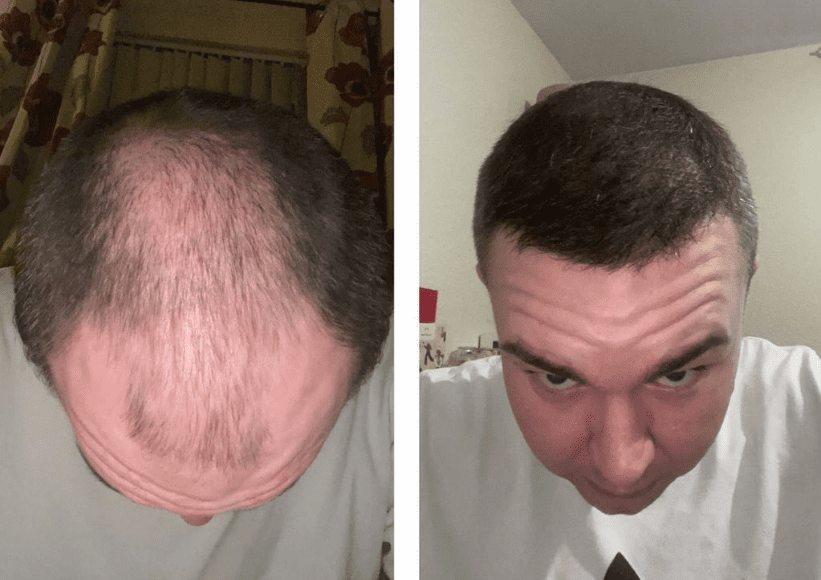
FUE vs. FUT: Deciding the Right Hair Transplant Method for You
Which type of hair transplant is best?
This is a common question among people considering getting one because they are experiencing hair loss.
Hair loss is a concerning matter that impacts a major section of the population, influencing up to 85% of males and 40% of females. Moreover, its prevalence tends to rise with age for both genders.
Selecting between FUT and FUE techniques raises several issues.
You will learn more about the various hair transplant surgeries in this article, including their benefits, anticipated outcomes, expenses, and suitable candidates.
Also, you’ll get the finest result possible with our customized consultation.
Read on.
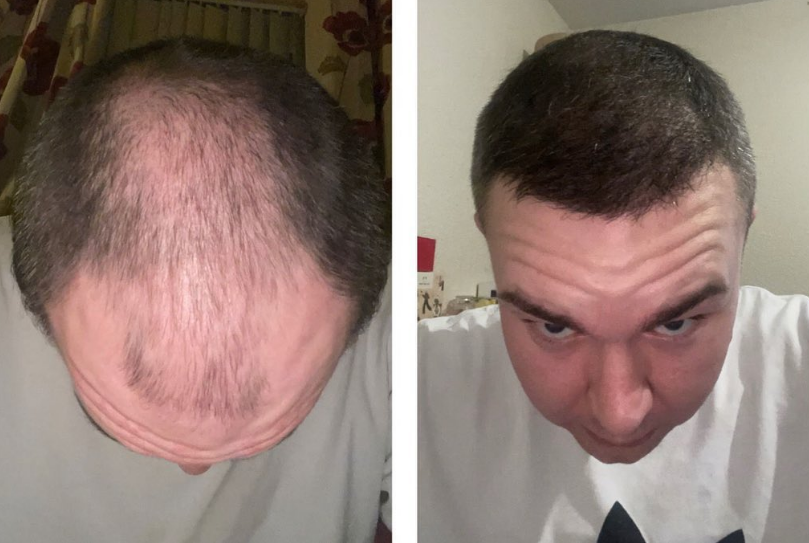
Types of Hair Transplants
Restoring fuller, more natural-looking hair is possible with either of these techniques.
Let’s get into the details of each.
A FUE Hair Transplant
In FUE hair transplantation, the magic lies in harvesting individual follicular units from the scalp.
The beauty of this technique is that it involves randomly removing hair follicles, strategically minimizing noticeable thinning in the donor area.
Picture this: microscopic circular incisions on the scalp, creating a symphony of restoration.
Now, let’s talk about FUE.

The Benefits of FUE Hair Transplant
#1
Minimally Invasive Procedure
FUE is a minimally invasive procedure performed on an outpatient basis using only local anesthesia.
This results in less trauma to the scalp, reduced discomfort, and a faster recovery compared to more invasive methods

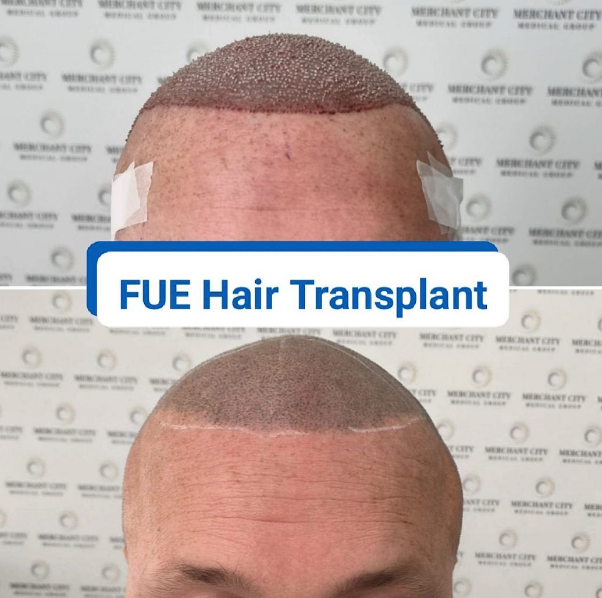
#2
Quick Recovery Time
FUE procedures typically involve quicker healing and recovery than other hair transplant methods.
Fewer post-operative restrictions allow patients to resume their daily activities sooner.
#3
Quick Recovery Minimal and Virtually Undetectable Scarring
FUE avoids the linear scars associated with some hair transplant methods. The extraction of follicular units occurs one-by-one, resulting in dot-like scars that are virtually undetectable after healing. This enables patients to wear very short hairstyles without visible evidence of the transplant.
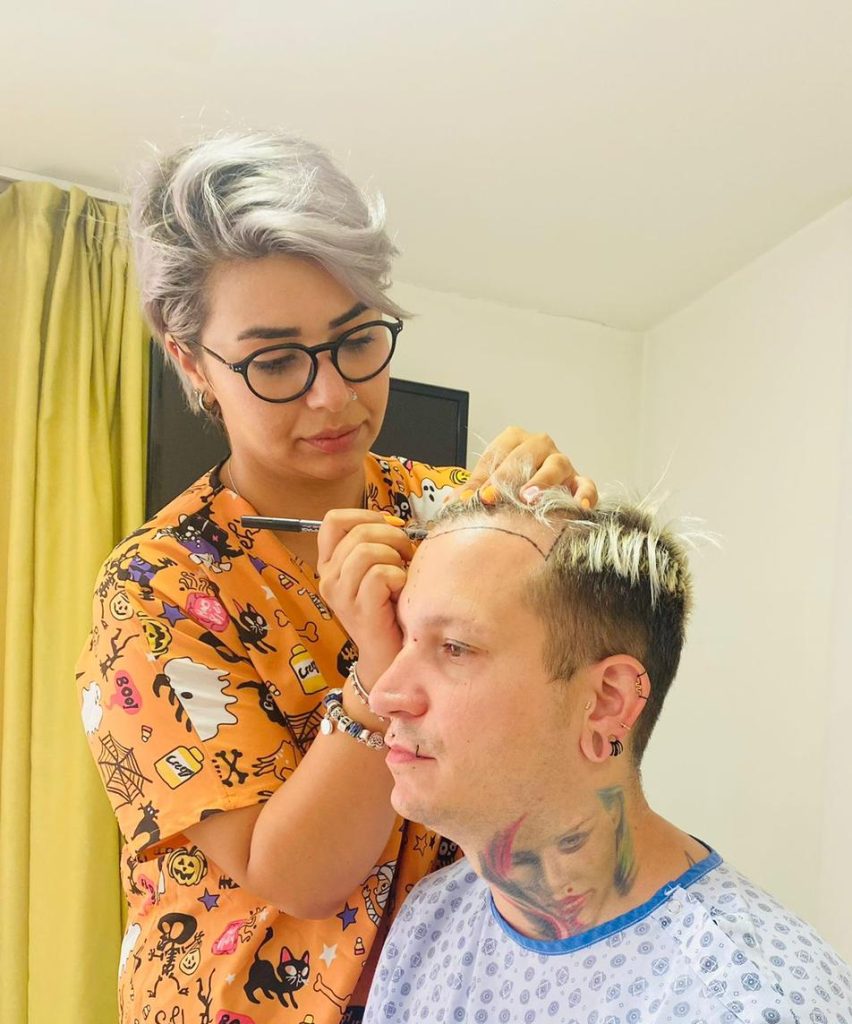
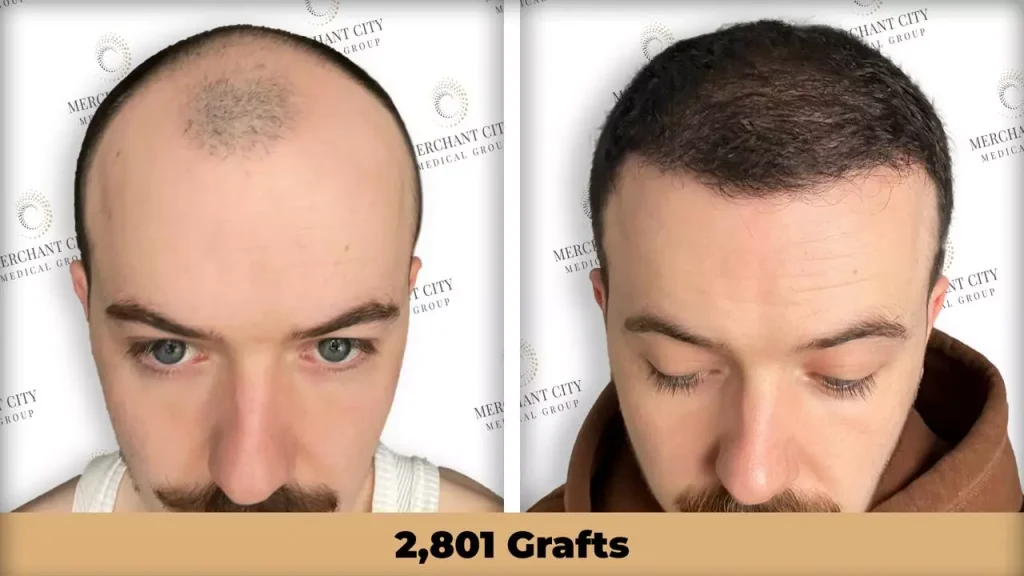
#4
Higher Graft Survival Rate
Precision harvesting in FUE minimizes trauma to the hair follicles during extraction, contributing to the increased survival rate.
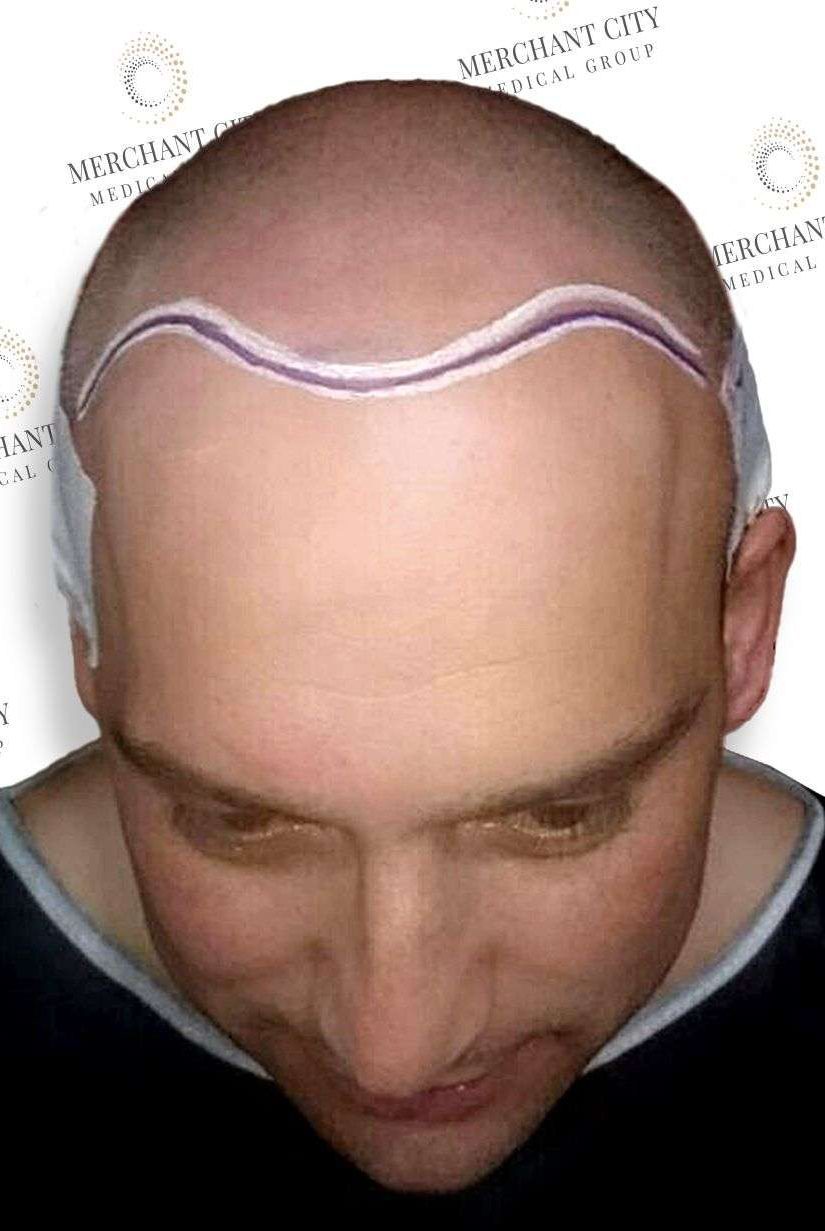

Understanding the Mechanism of
FUE Hair Transplantation
As individuals age, the natural three-phase hair growth and regrowth cycle gradually shorten until follicles cease regrowing hair altogether. This progression varies from person to person, with some experiencing balding in their 20s while others encounter it later in life.
FUE hair transplants rejuvenate the hairline by replacing aged follicles with newly viable ones capable of regrowing hair. Following the transplant, these revitalized follicles receive nourishment from blood vessels, initiating hair growth in areas previously characterized by thinning or baldness.
Steps in the FUE Hair Transplant Process
The FUE procedure unfolds as follows:
While FUE hair transplants are primarily carried out on the scalp, their adaptability extends to other body parts with thin or absent hair.
The procedure can be conducted on areas such as the arms, legs, and even the genital region.
Now, let’s look at the follicular unit transplantation (FUT)
What is A FUT Hair Transplant?
In the strip method or follicular unit transplantation (FUT), a long and thin piece of tissue is removed from the rear of the scalp. Afterwards, the strip is dissected using a stereo microscope to extract individual follicular units. A solitary, extremely thin linear scar is left behind once the incision is closed after the follicles have been collected.
The Advantages of FUT Hair Transplant
#1
Swift Recovery Period
The recovery time for a FUT procedure is efficiently managed, typically spanning between 10-12 days.
While some patients may experience heightened discomfort, potentially linked to swelling where the scalp strip was removed, prescribed pain medication effectively addresses any post-procedural unease.
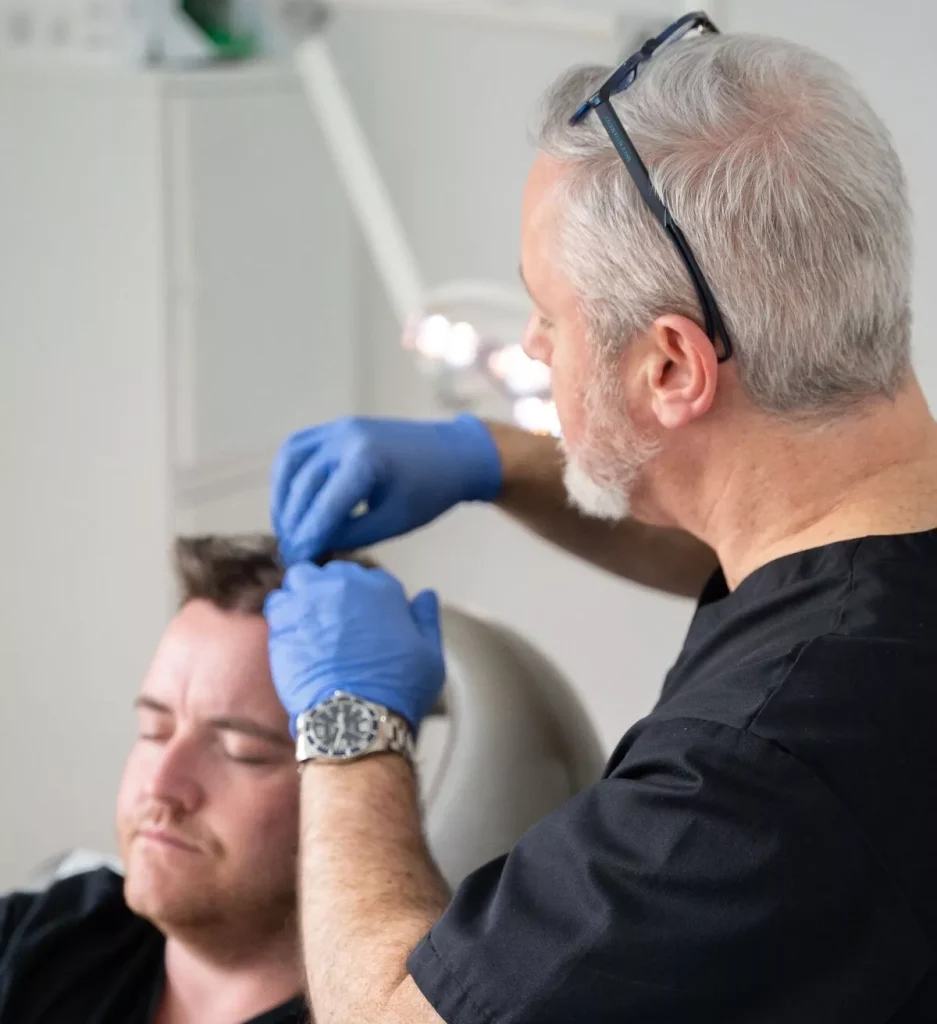
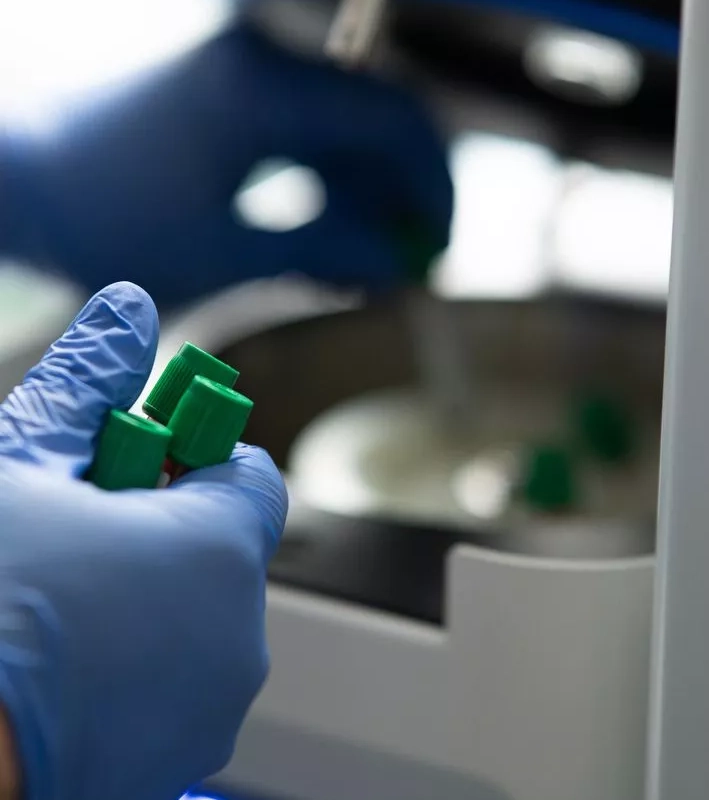
#2
Enhanced Follicle Survival Rate
Opting for FUT means harvesting hair from the mid-donor zone, where hair is predominantly permanent.
This makes FUT a preferred choice for individuals with limited hair availability in the donor area.
The meticulous harvesting of follicles in FUT preserves protective tissue, resulting in robust and higher-quality grafts.
#3
Natural-Looking Results
Post-FUT, a patient has a remarkably thin, linear scar measuring no more than 1mm in diameter or less.
Easily concealed within surrounding hair, the scar becomes virtually undetectable.
FUT’s unique approach involves transplanting hair in naturally occurring groups of 1-4 hairs, ensuring a fuller, seamlessly natural look without revealing the transplant procedure.
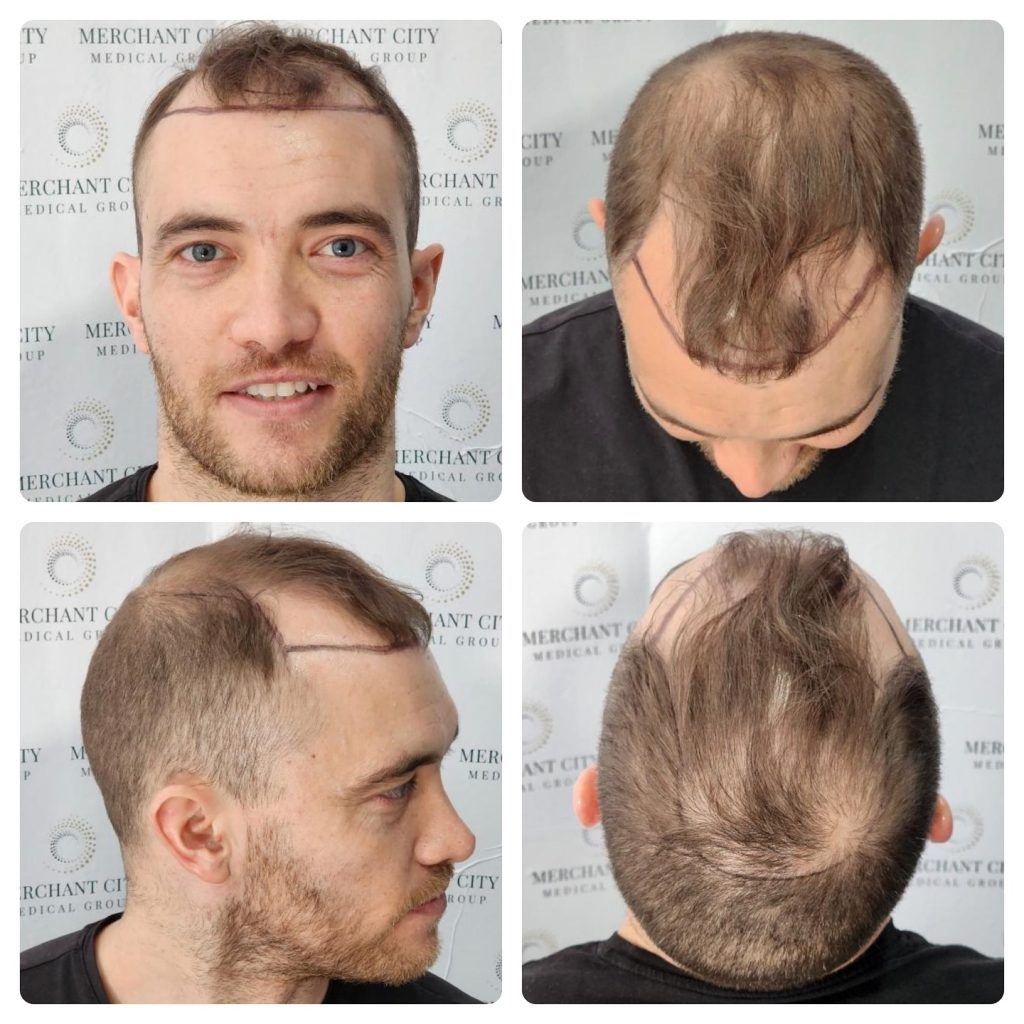

#4
Minimal scarring across sessions
Intriguingly, regardless of the number of procedures a patient undergoes, only one scar remains post-FUT.
In contrast, the FUE procedure leaves a small, round scar with each harvested follicle unit.
This distinctive advantage positions FUT as a compelling option for those seeking subsequent hair transplant sessions without accumulating additional scars.
Candidates for FUT Transplant
The Average Cost of the FUT Transplant
| Name | Cost |
|---|---|
| In the UK, the typical cost per graft for FUT | £4 |
| The UK's average FUT hair transplant may range | £8,000 |
| In the United States, FUT graft prices vary from | $2 to $10 |
| The overall cost for a US FUT hair transplant will likely start | $12,000 |
| In Canada, FUT graft prices range | CA$2.50 to CA$7.00 |
| The typical price of a hair transplant in Canada | CA$8,000 and CA$16,000 |
| The price of a hair transplant in Northern Ireland typically falls | £3000 to £8500 |
| The cost of a procedure involving 2000 grafts | £3000 to £7000 |
It’s important to note that these prices can fluctuate based on the specific clinic and the bundled packages they offer.
Many clinics provide comprehensive packages or discounted rates for multiple sessions or higher graft numbers.
Typically, FUT procedures are more cost-effective than other procedures like the Artas Robotic FUE procedures.
How Successful is a FUT Hair Transplant?
The success of any hair transplant method, including FUT, hinges on the physician’s proficiency.
Seasoned medical professionals can achieve success rates as high as 95-98% with FUT transplants.
It’s important to note that the natural lifecycle of hair and the transplant process may involve the temporary shedding of transplanted follicles before regrowth, marking a normal part of the overall hair restoration journey.
Which is the Best Hair Transplant Procedure?
FUE and FUT procedures are commendable options for individuals grappling with hair loss, irrespective of gender.
The key lies in discussing with your surgeon to pinpoint the most suitable method for your unique needs.
A collaborative dialogue between you and your doctor should unfold throughout the consultation.
Delve into your goals, expectations, the necessary follicular units for your desired coverage, and the final design of your hairline.
This comprehensive discussion acts as a compass, guiding you and your surgeon to the most suitable method of hair transplantation tailored to your requirements.
Conclusion
Whether you’re considering FUE or FUT, take the next step toward a fuller head of hair by scheduling a personalized consultation.
Our experienced team is here to discuss your expected goals and guide you toward the hair transplant method best suited to your unique needs.
Don’t wait to regain confidence in your appearance – contact us now to embark on your hair restoration journey with expertise and care.
Excellence Record
- 30+ Years of combined experience
- 10 + Experts
- 1000 + Satisfied Patients




